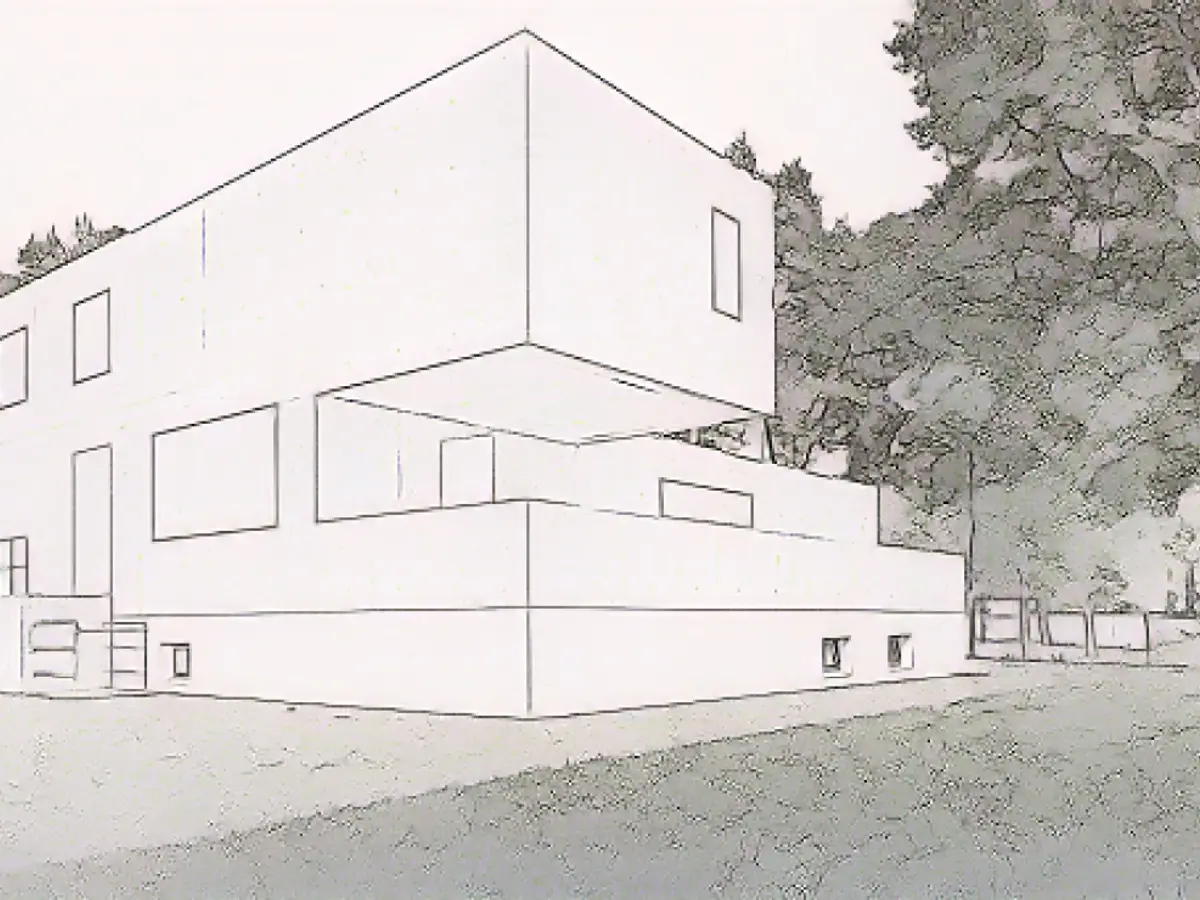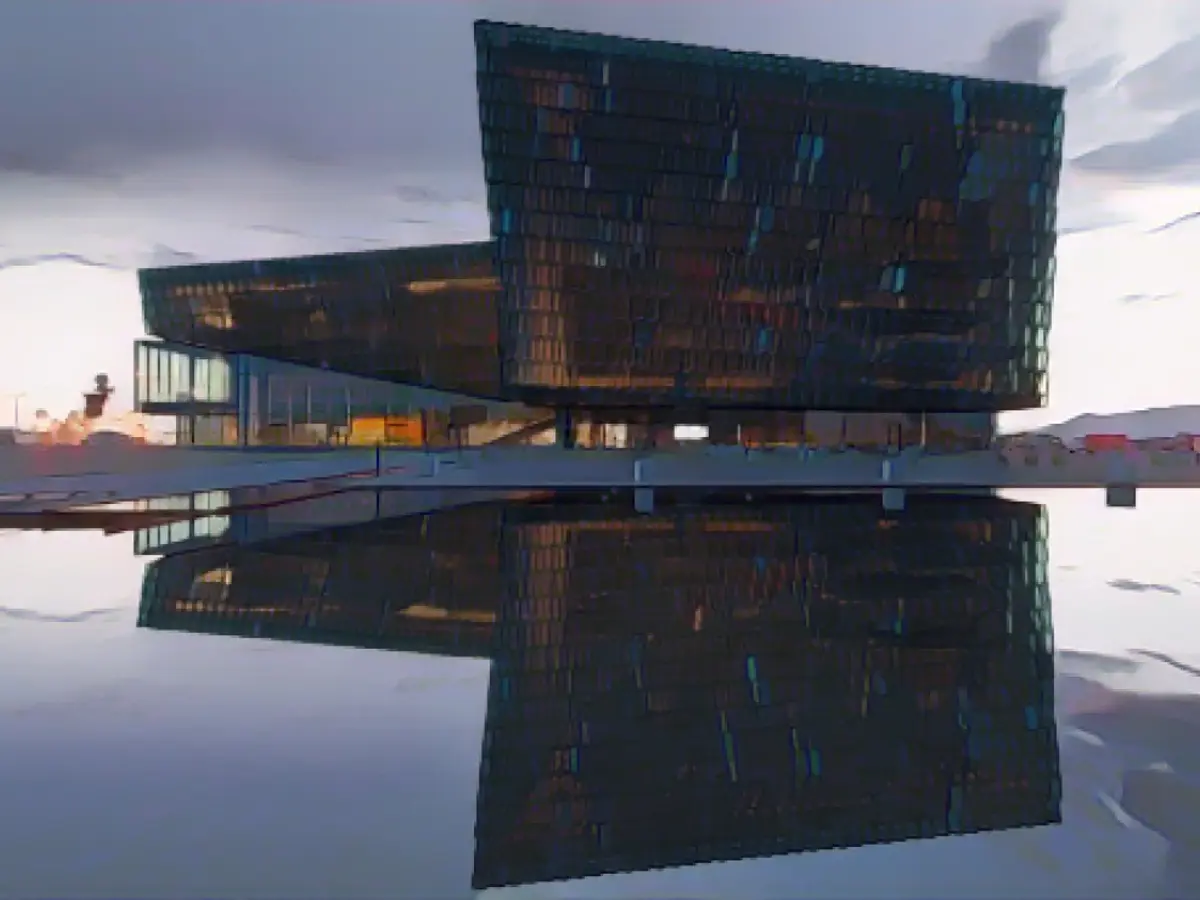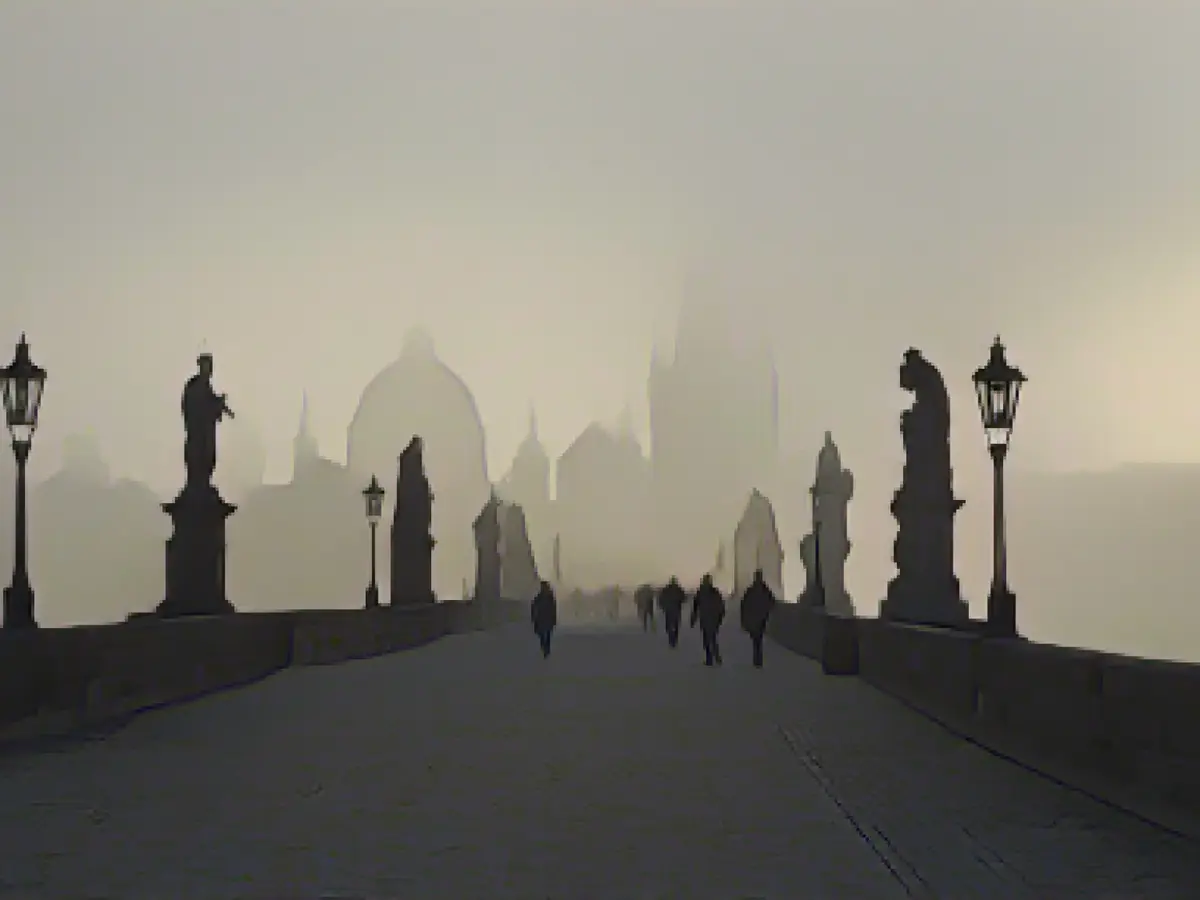Architecture sparks artistic imagination for many artists, similar to Perry. Which ideas do artists often draw from architecture, and how can architectural concepts be applied to visual art, music, or sculpture?
Perry, best known for his decorative ceramics, believed that religious architecture significantly influenced both his work and that of previous artist generations. "For me," he explains, "these buildings set the precedent for how we perceive art." "We journey to significant places, marveling at special objects filled with meaning and emotion."
Holy Space
Architecture's impact on the development of artistic movements throughout history is evident, both in the enormous investments in architecture and decoration and the visual spectacle they provided. Prague's Gothic, Renaissance, and Baroque architecture inspired Mozart and Beethoven, prominent figures in the city in the late 18th and early 19th centuries.

Contemporary American composer Neil Rolnick pioneered the use of computers in music and demonstrated how modern architects inspire contemporary musicians. Rolnick's 2012 composition "Gardening at the House of Gropius" reflects his meeting with Walter Gropius, the modernist architect and Bauhaus Art School founder, who worked as his gardener in the 1960s.
Rolnick explained how he translated modernist principles into a composition layered with melodies and rhythms produced by acoustic instruments and electronics: "Musically, this style implies a tendency to combine all sounds. Listening to it involves chaos, clatter, and imposing various abstract structural ideas on musical material.
He adds, "There's a basic similarity between architecture and music, in that both depend on underlying structures that are often invisible to the user or observer." Despite the differences between architecture's tangibility and music's ephemeral nature, Rolnick believes that the integrity of these underlying structures determines whether they resonate with users or listeners.

Sound and Structure
Contemporary artist Olafur Eliasson finds similarities between his work and architecture in ideas that primarily refer to space rather than structure. "Generally, I'm interested in producing space – whether it's an exhibition, a piece of artwork, a stamp, or someone's head," says the famous creator of experiential artworks. "This is the potential I saw in the building: creating an inviting and generous space where visitors feel at home."
Eliasson admired the late Icelandic architect Einar Thorsteinn, known for his knowledge of geometry and load-bearing structures, and collaborated with him from 1996 onwards. Eliasson claimed that this collaboration was driven by practical considerations for traditional architecture and rationality.
The first work they produced together was a geometric dome with an illuminated fountain (Through Sudden Intuitive Realization, 1996), and Thorsteinn's influence can be seen in many subsequent projects, such as Eliasson's collaboration on Harpa's concert hall and Reykjavik's conference center with a three-dimensional geometric facade (2011).

Just like other contemporary artists like James Turrell, Anish Kapoor, and Richard Serra, Eliasson's work is usually associated with an architectural context but is always distinct due to its focus on sensory experiences related to space, light, protection, and warmth, rather than its practical application.
"If I had to draw a line between art and architecture, I think it would be the physical function that separates them," says the British artist Alex Chinneck. "As an artist, I see function as a prison for creative imagination, limiting the possibilities and freedoms of sculpture."
Form and Function
Chinneck's temporary installations in public spaces subvert familiar elements of the built environment. Examples include a London house made of slowly melting wax bricks and an illusory sculpture beside the Covent Garden Market that appears to depict the upper part of a building disintegrating and floating above the ground.
While architecture serves essential functions, brilliant examples still inspire artists across genres with the skillful use of space, harmony, and proportions. When visiting an awe-inspiring building, consider looking beyond its practical purpose and thinking about how you feel as it can truly incredible buildings evoke our emotions, much like Picasso's paintings or Mozart's operas.





